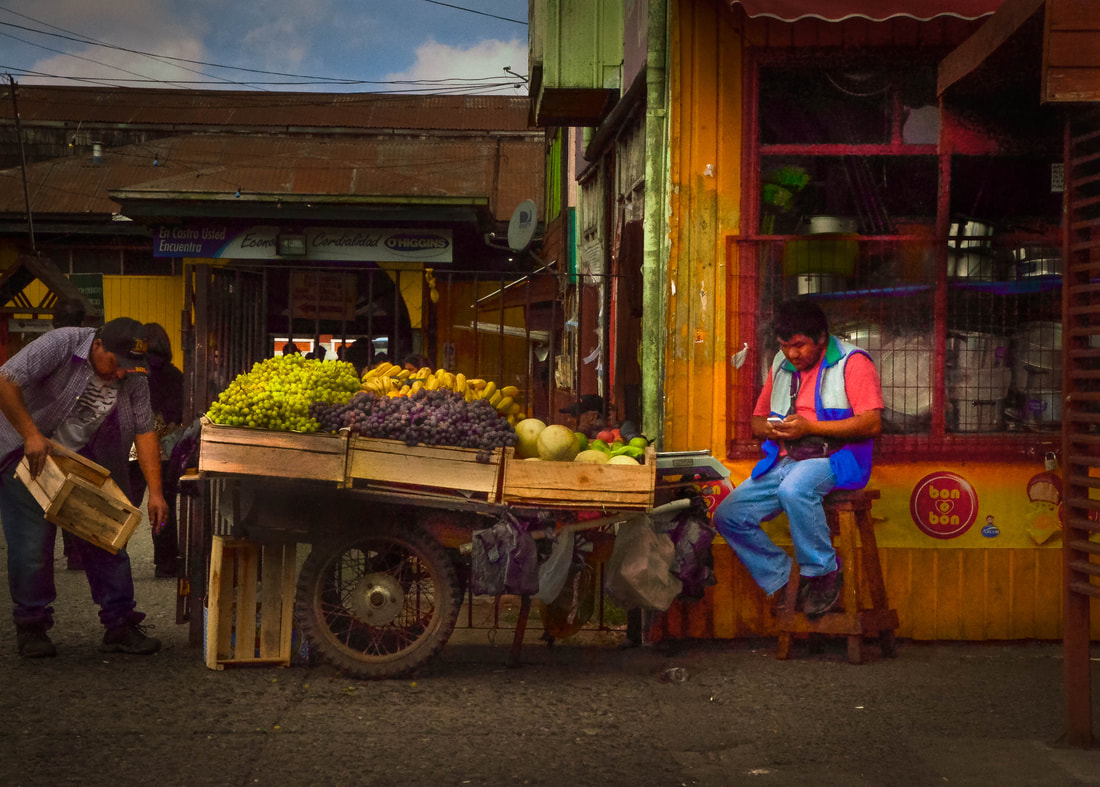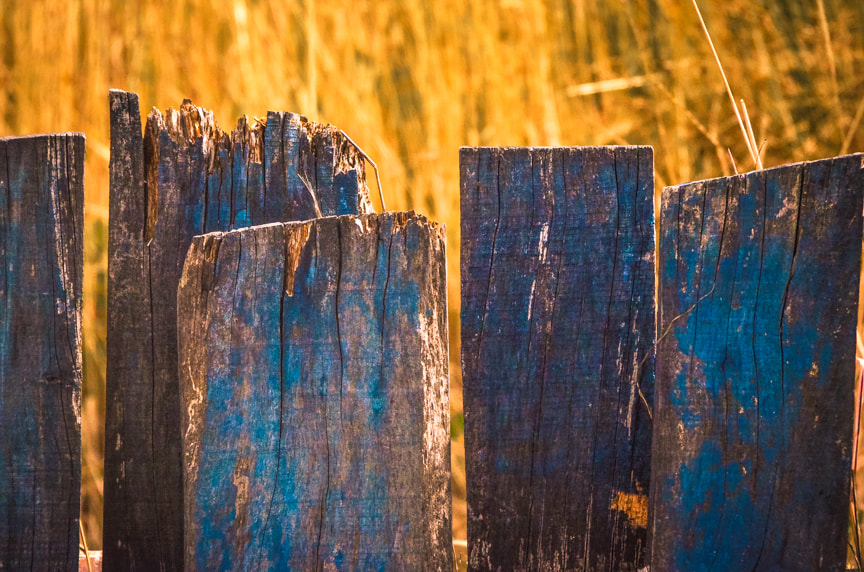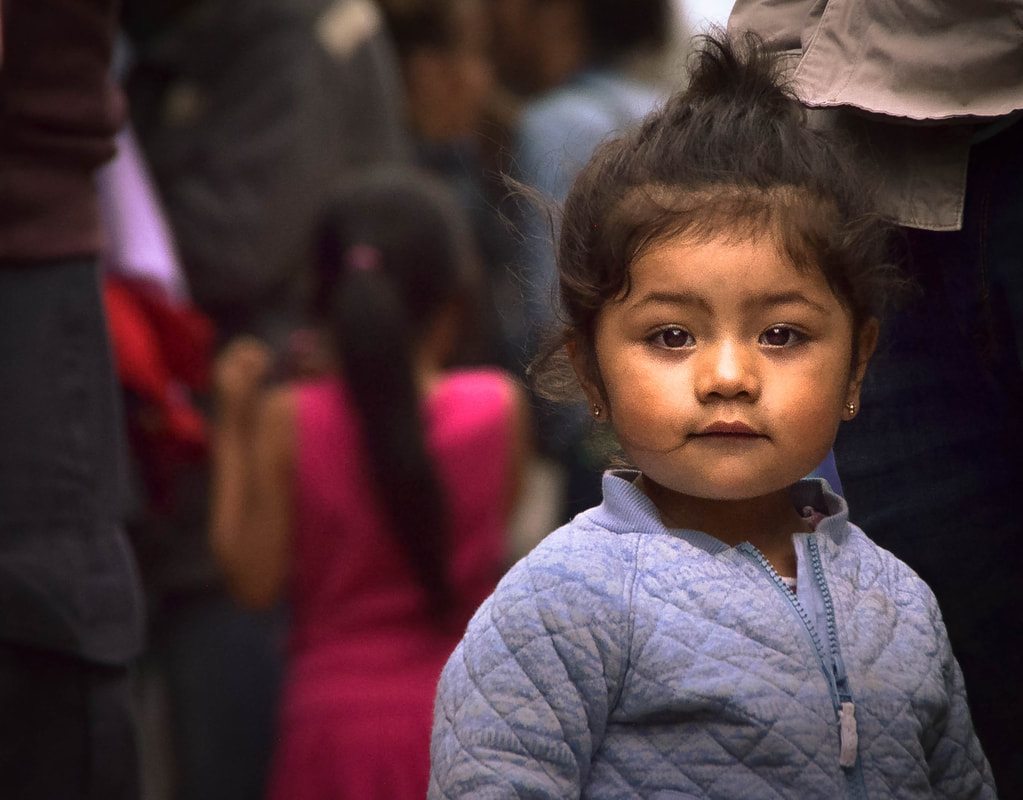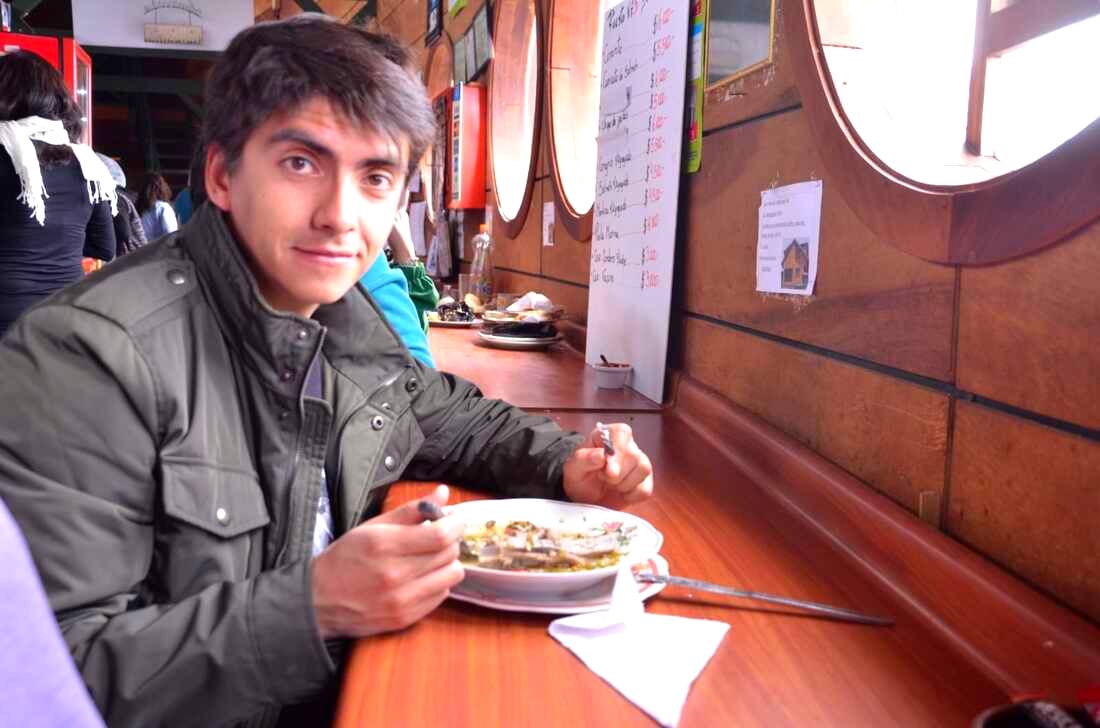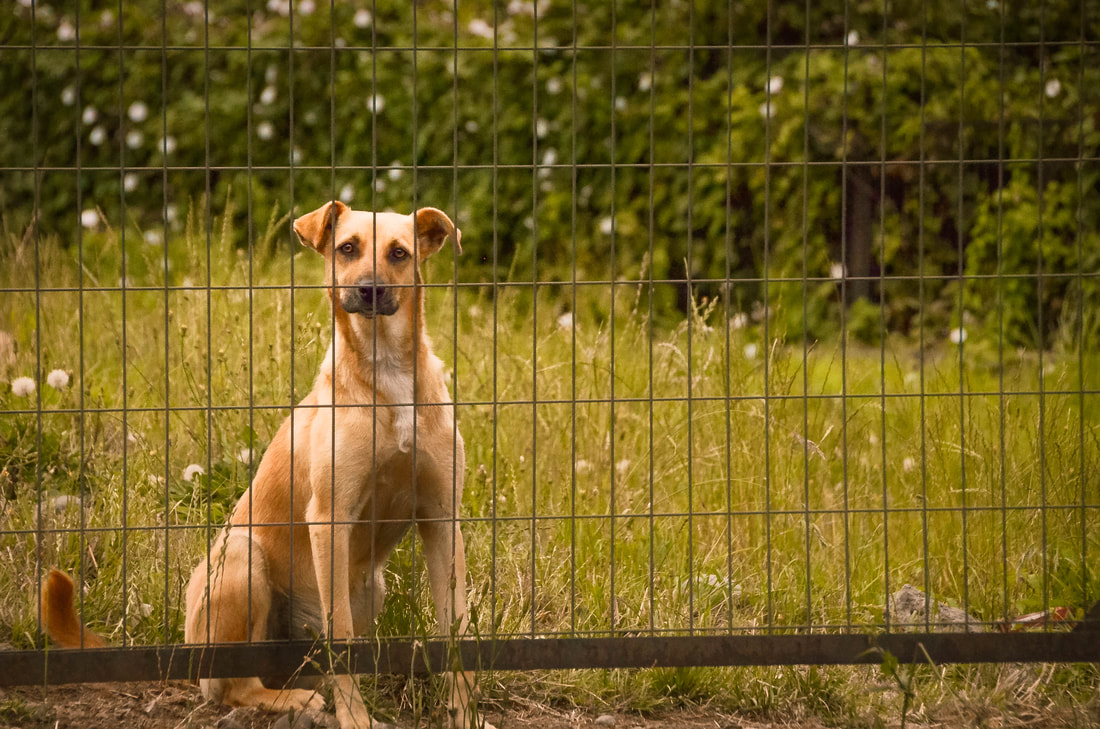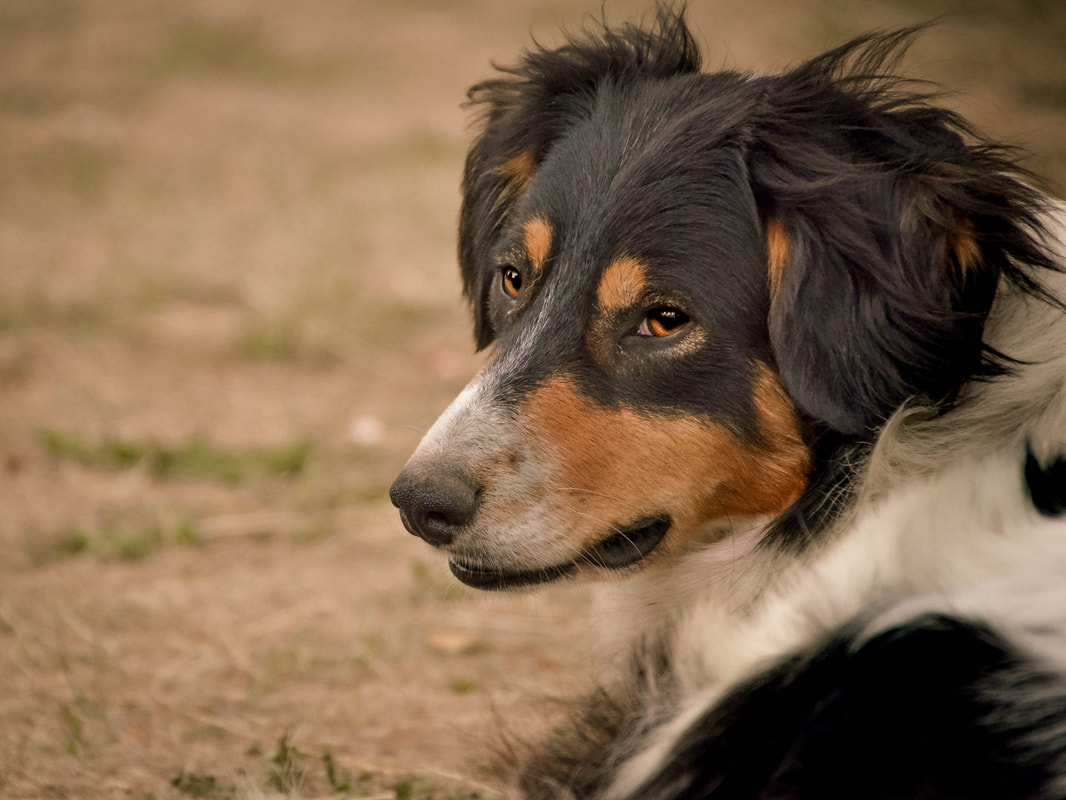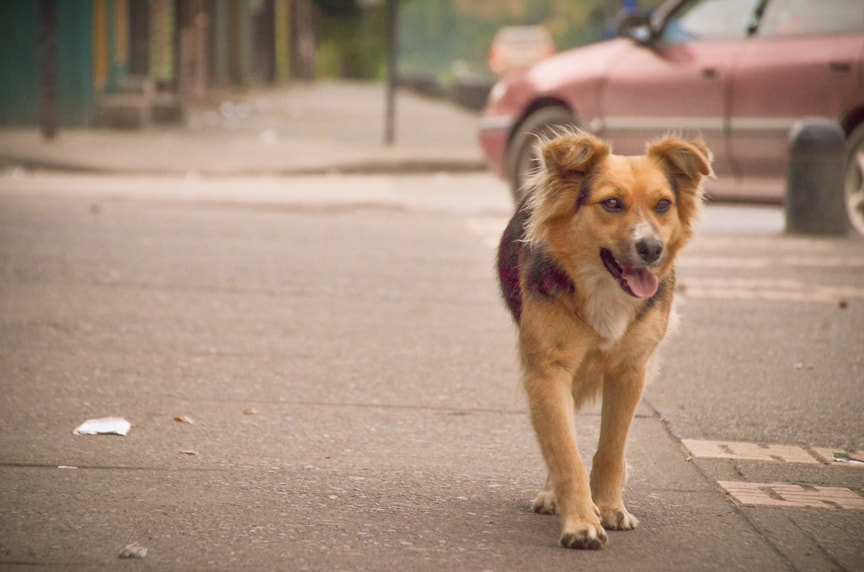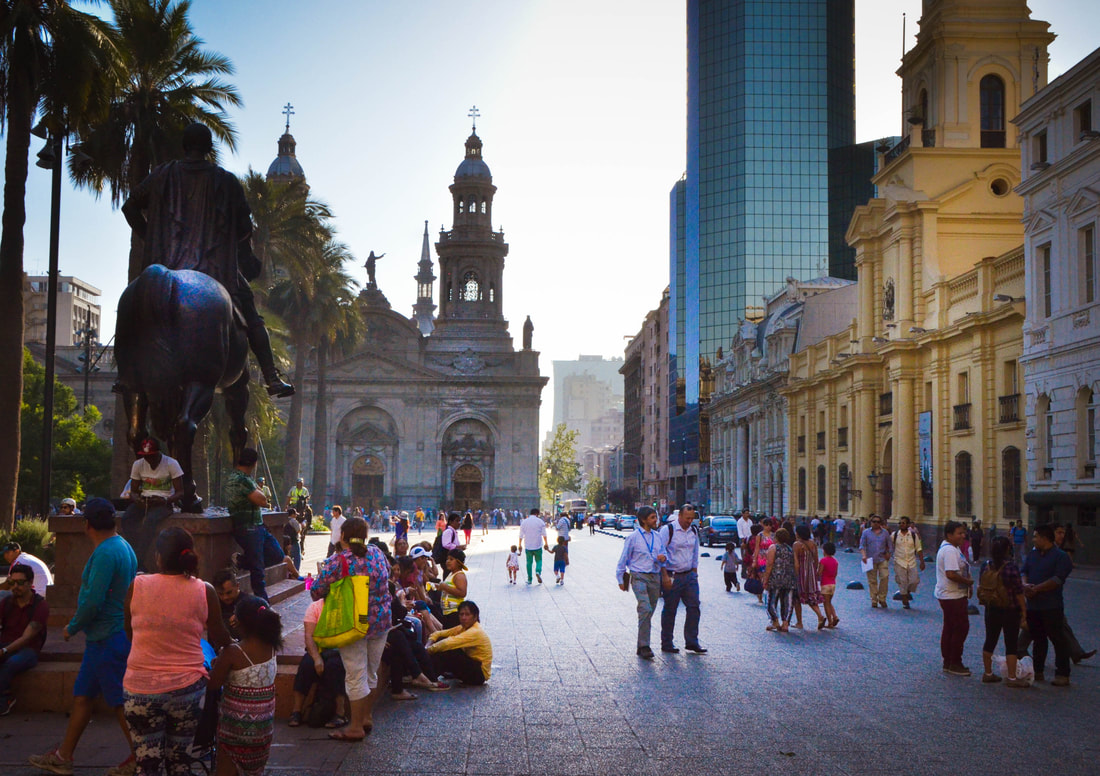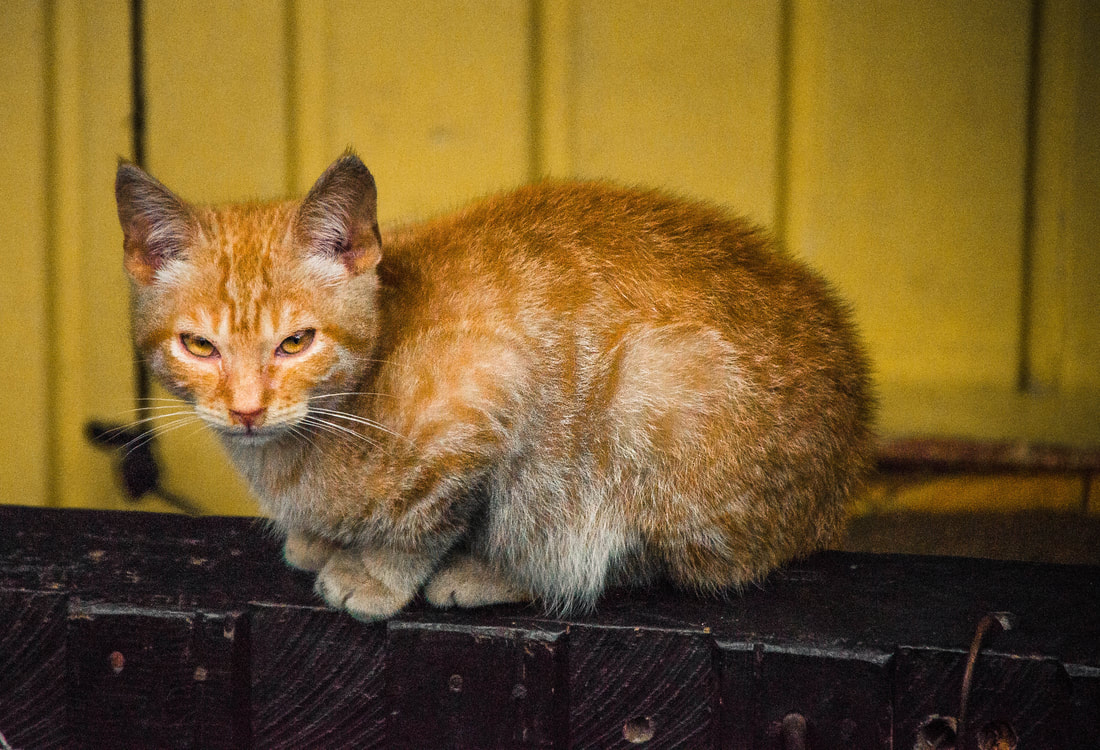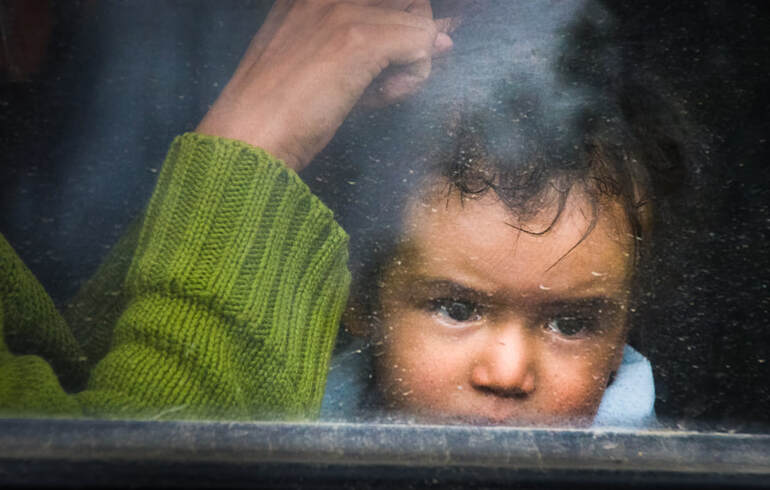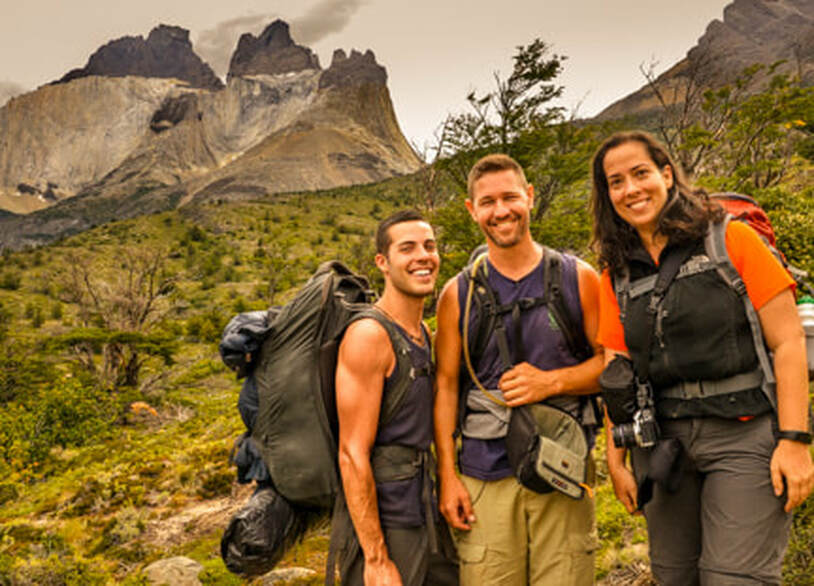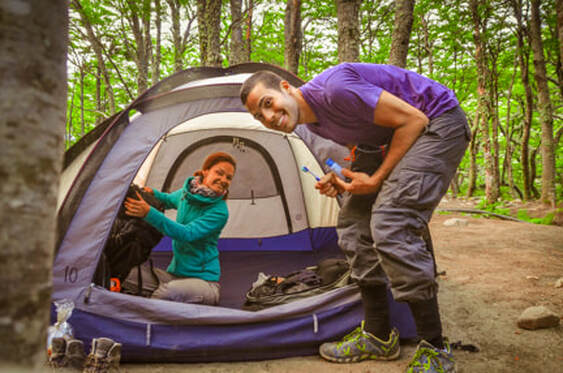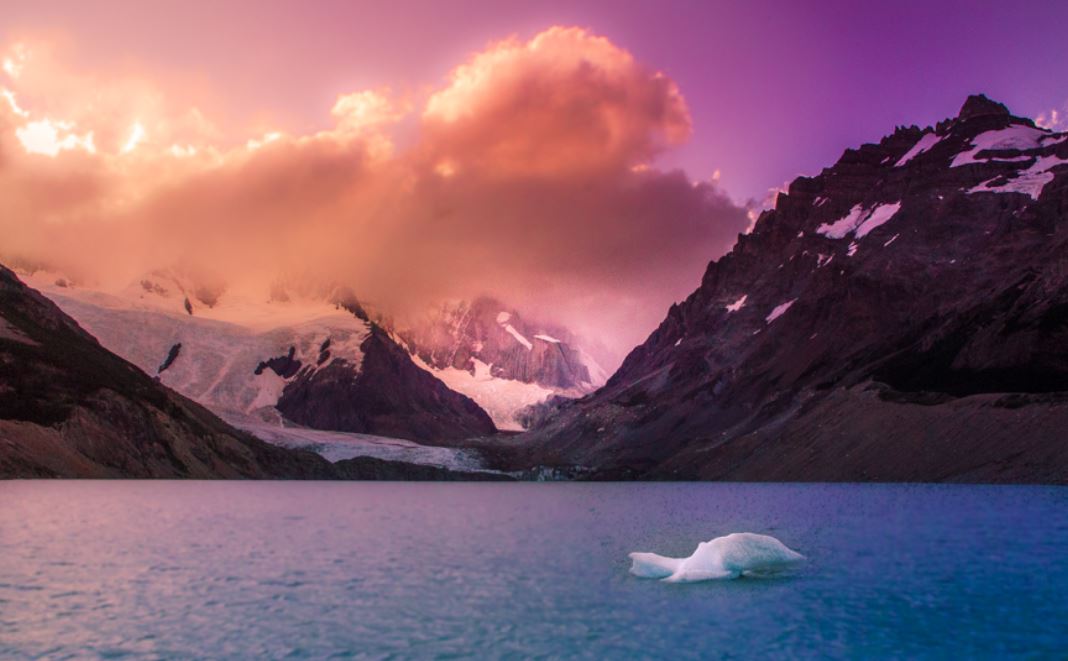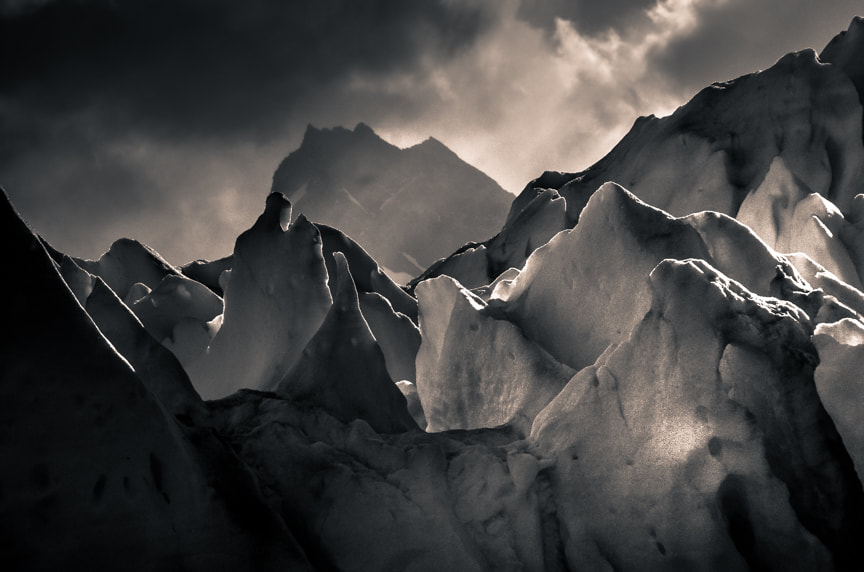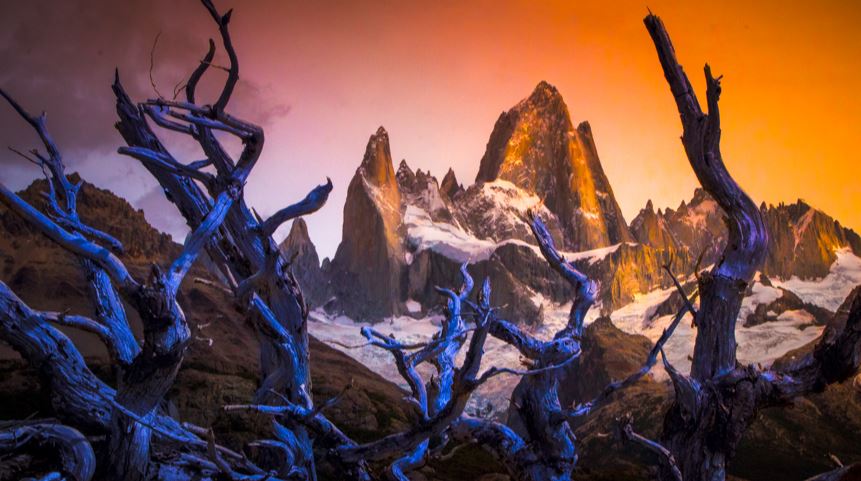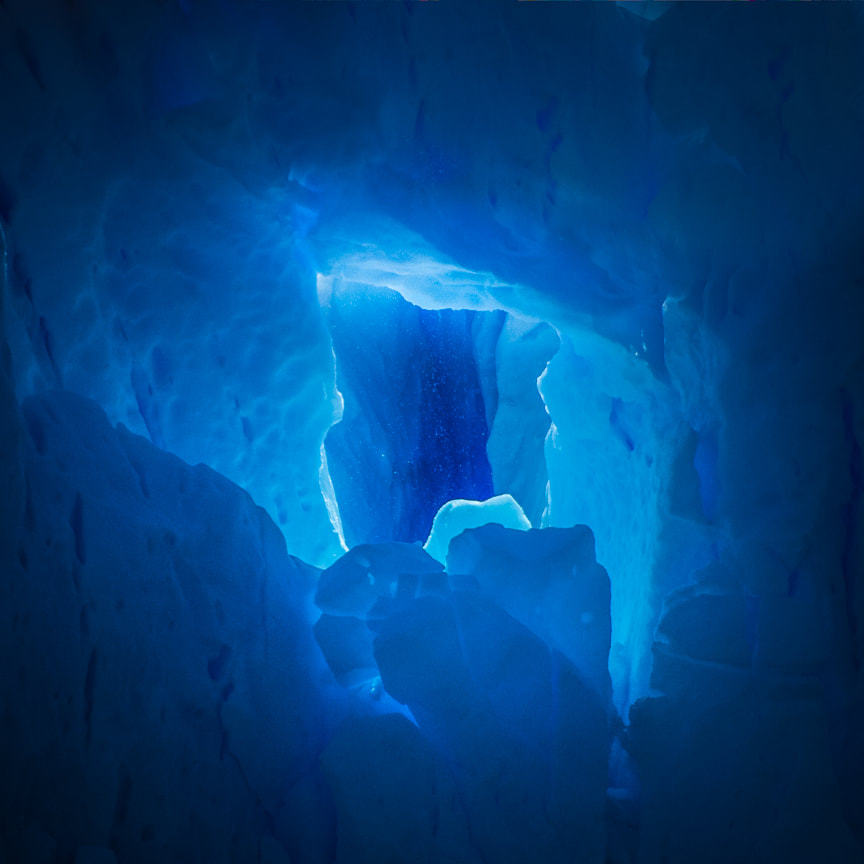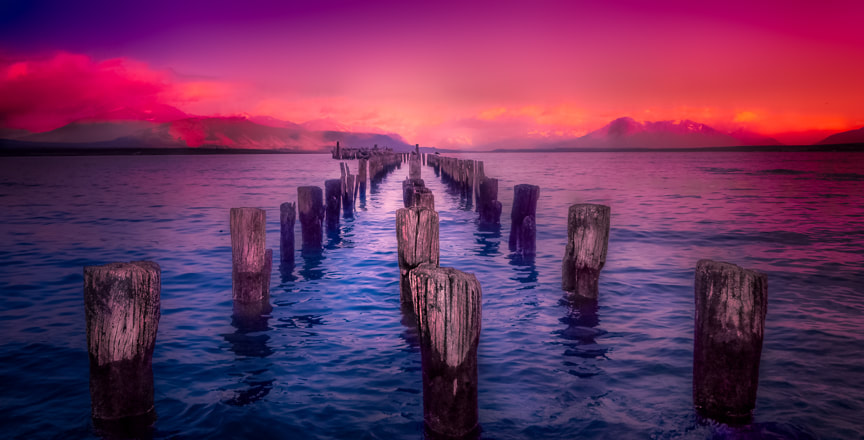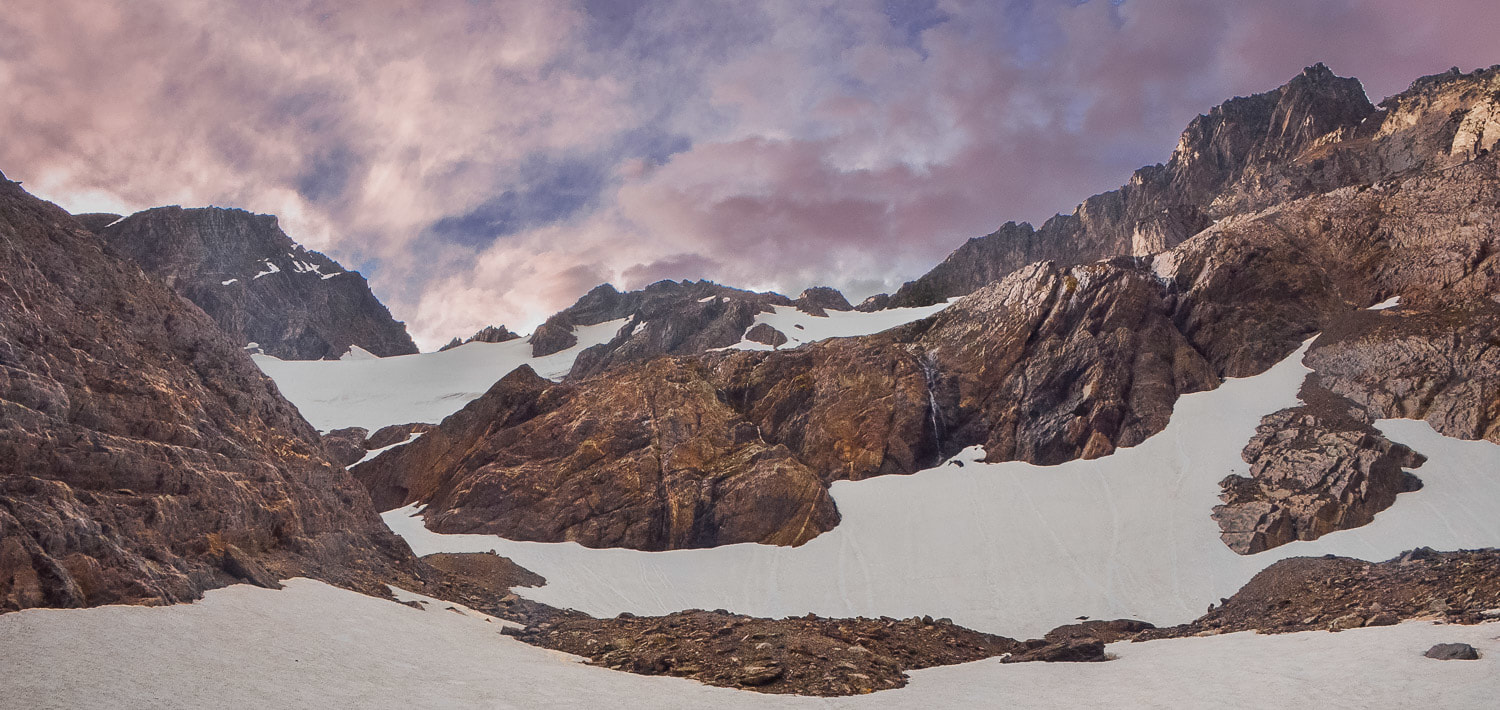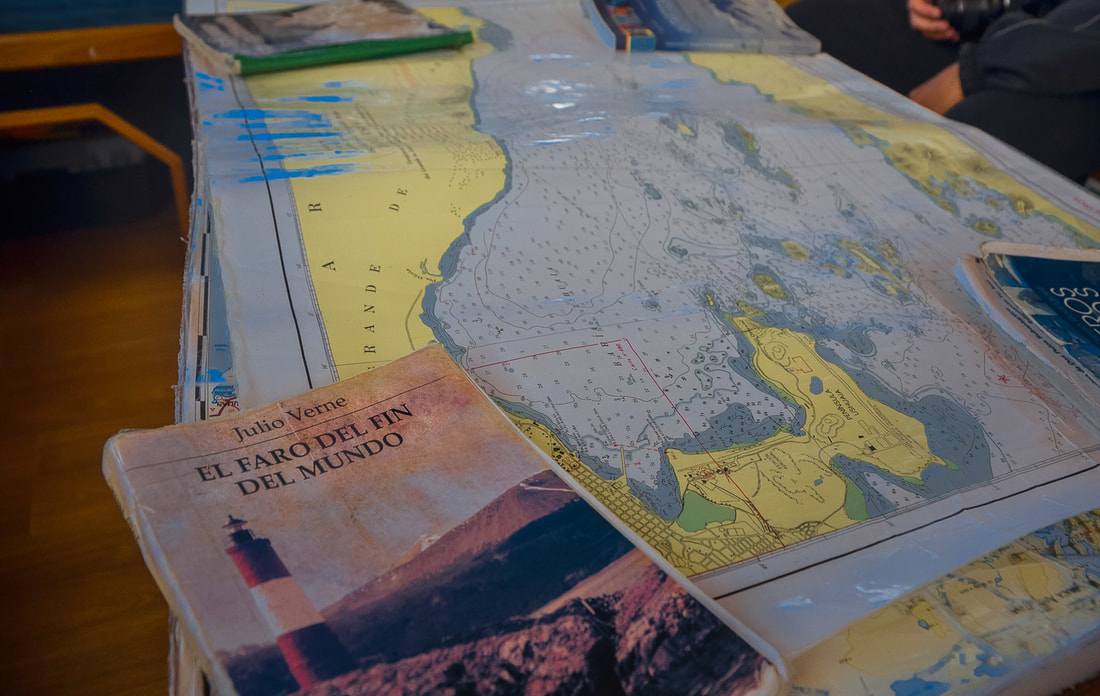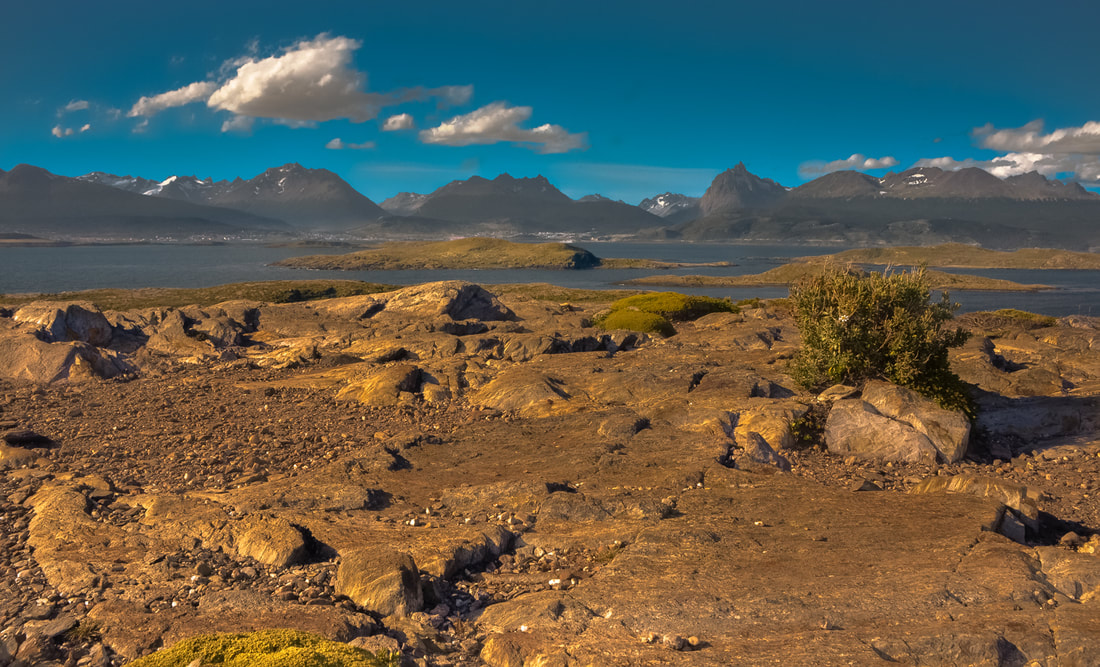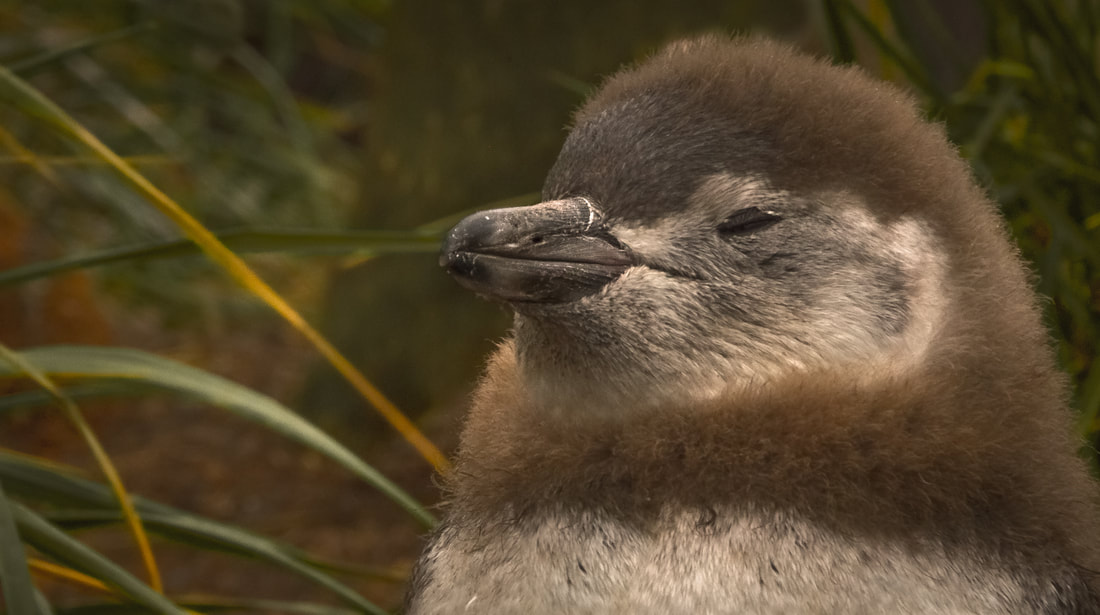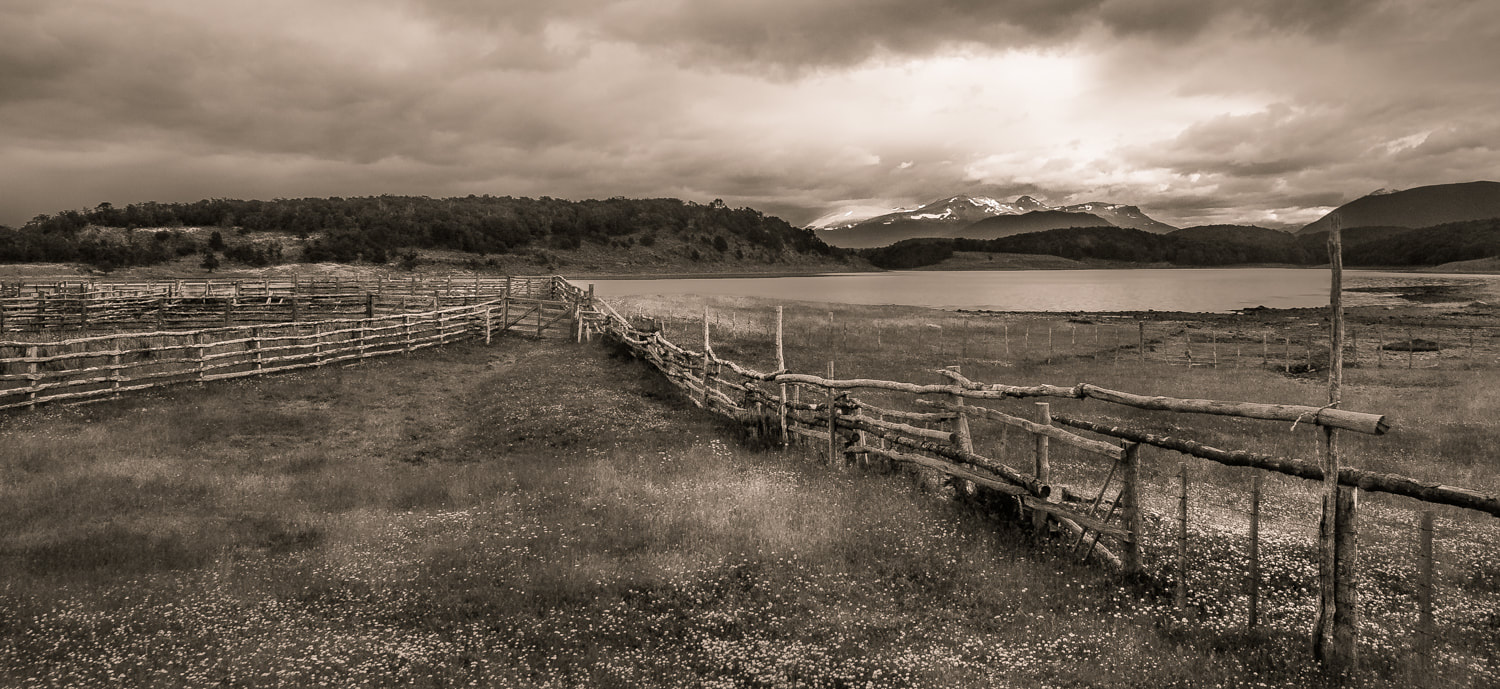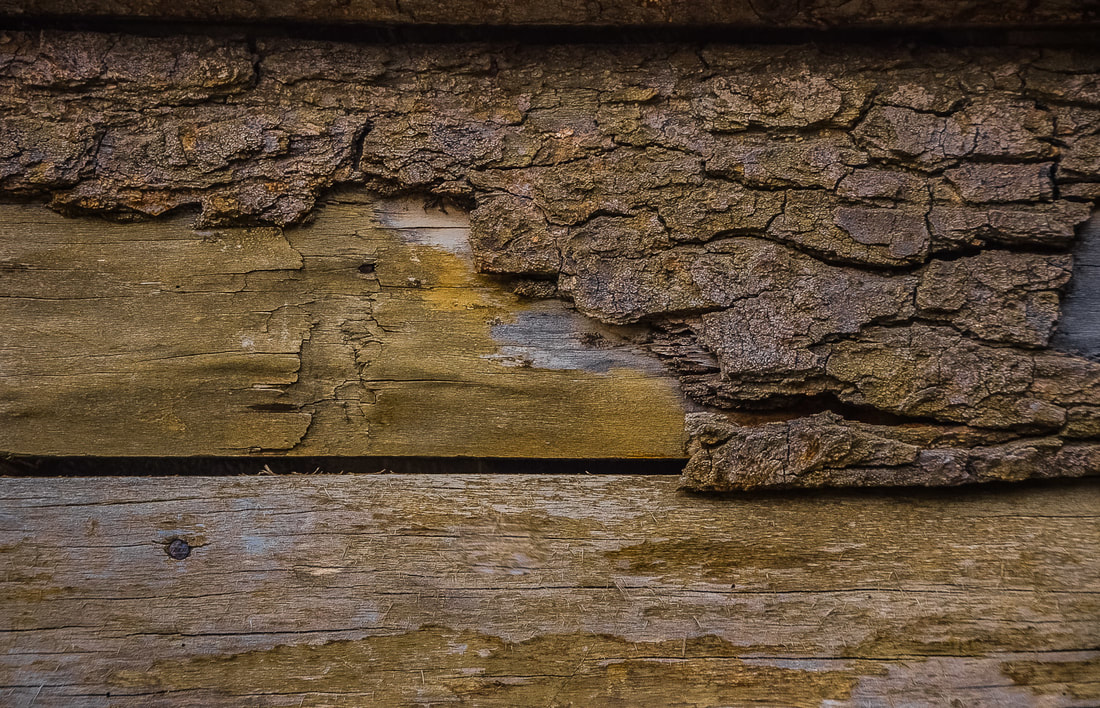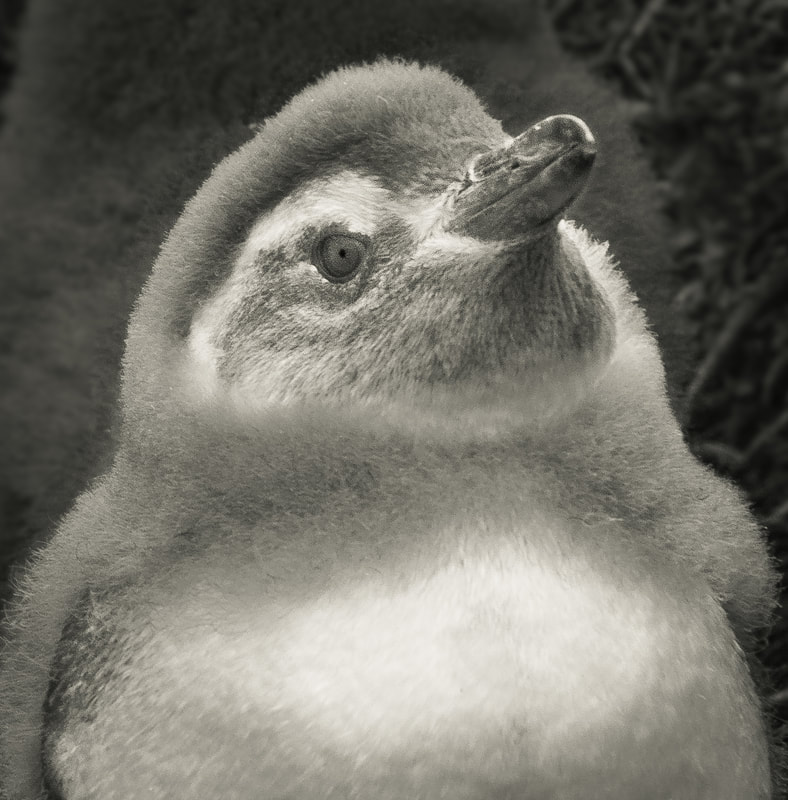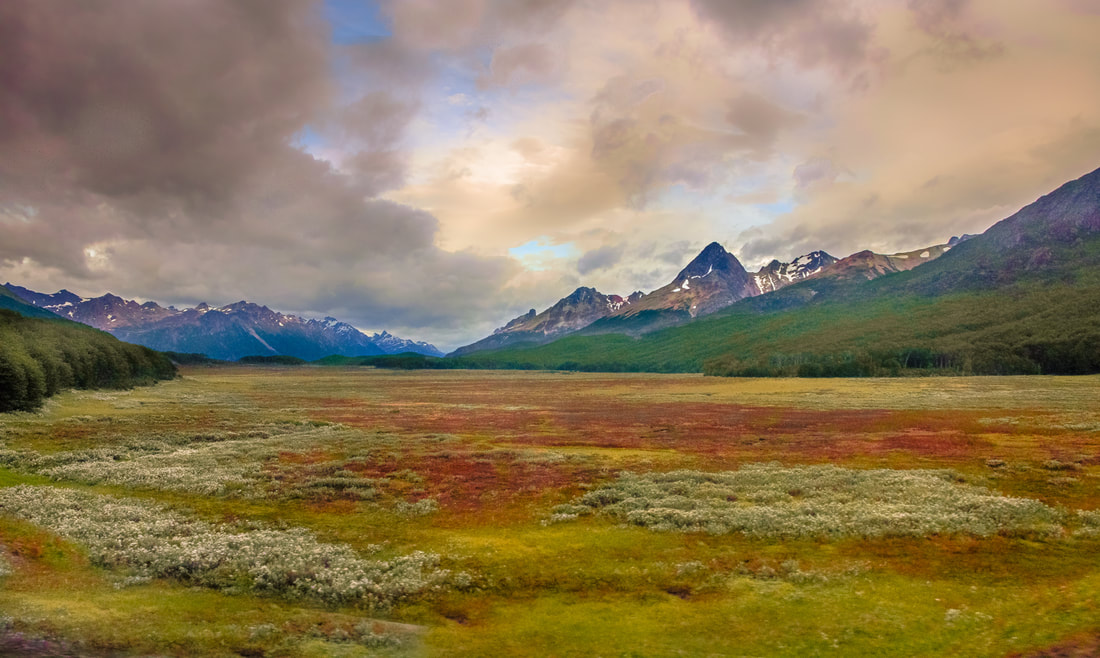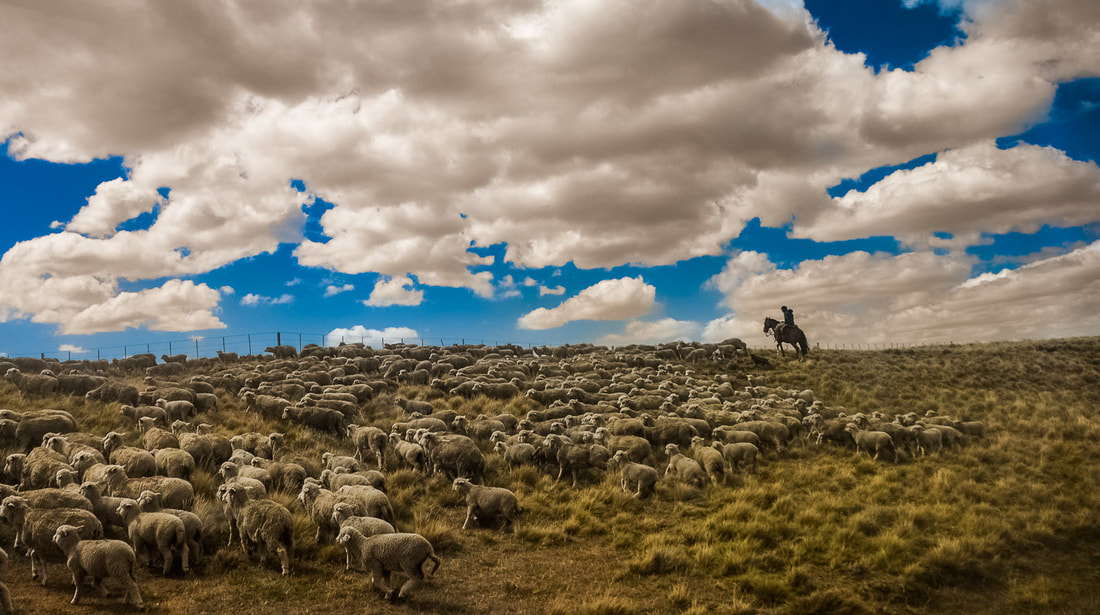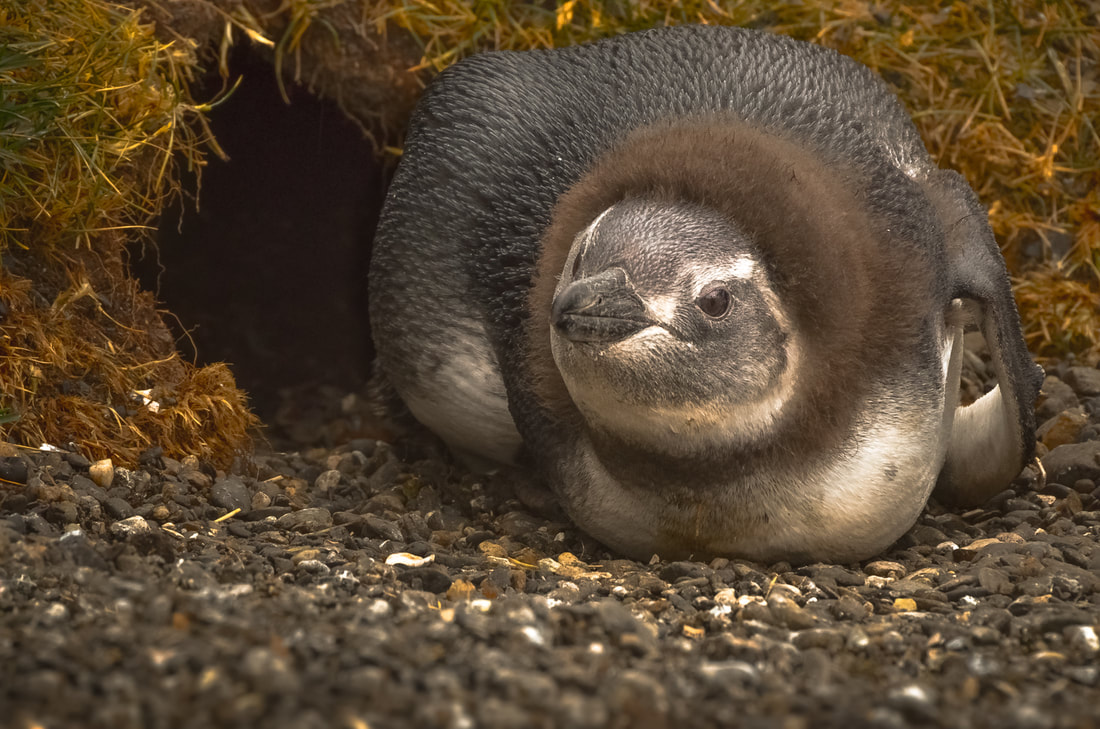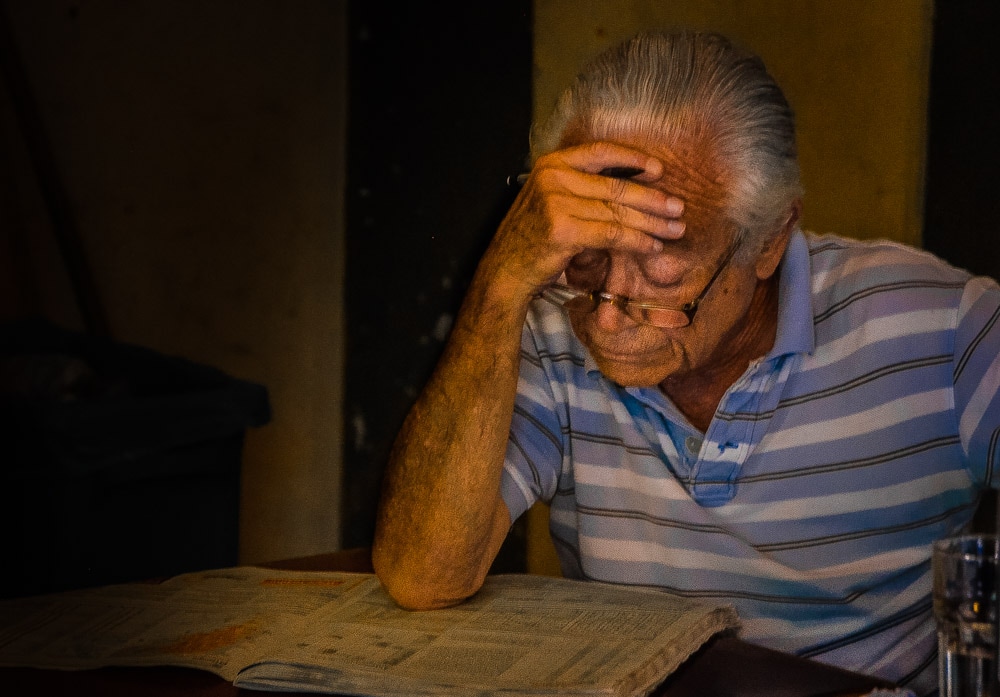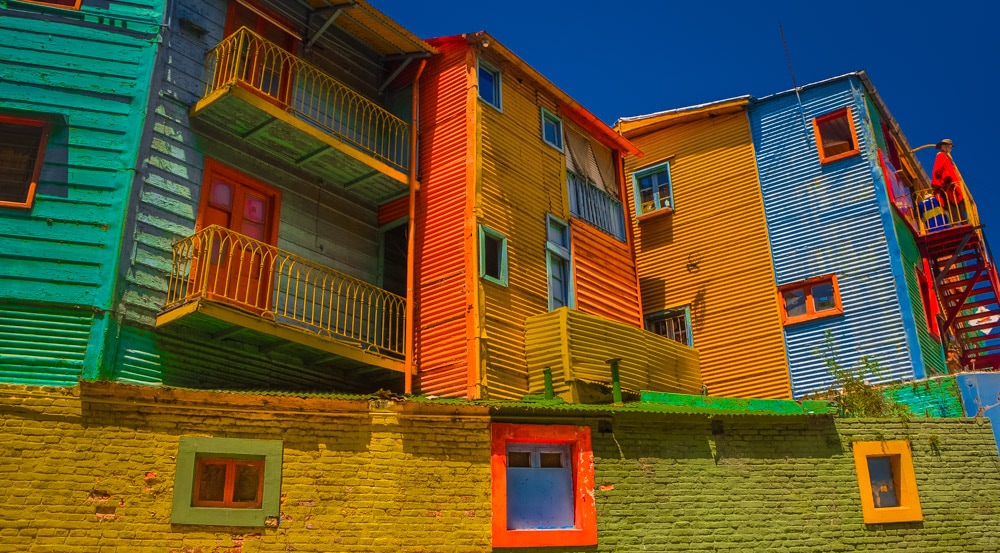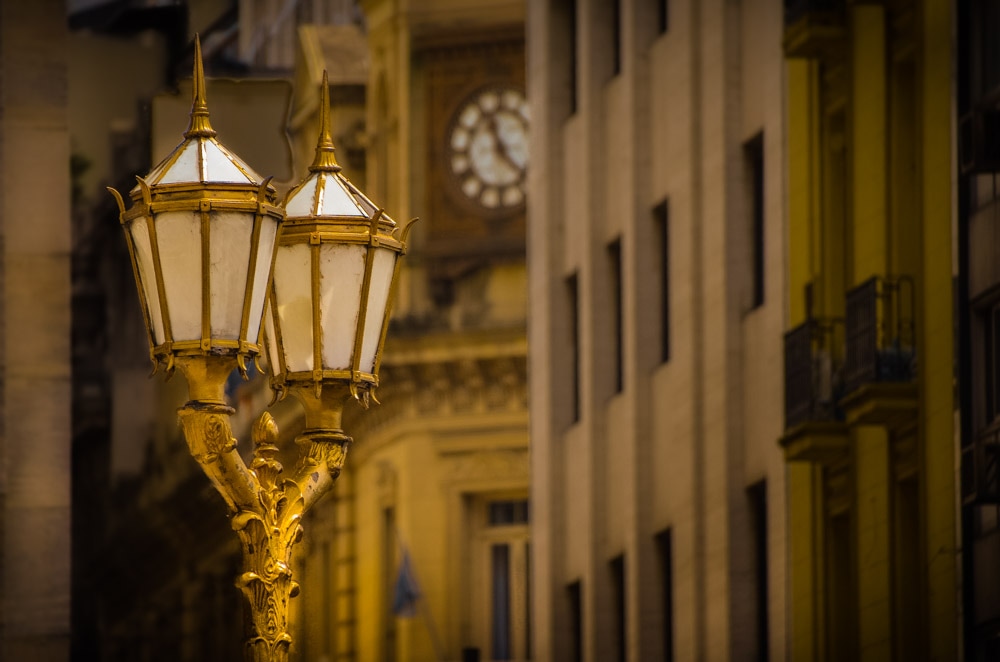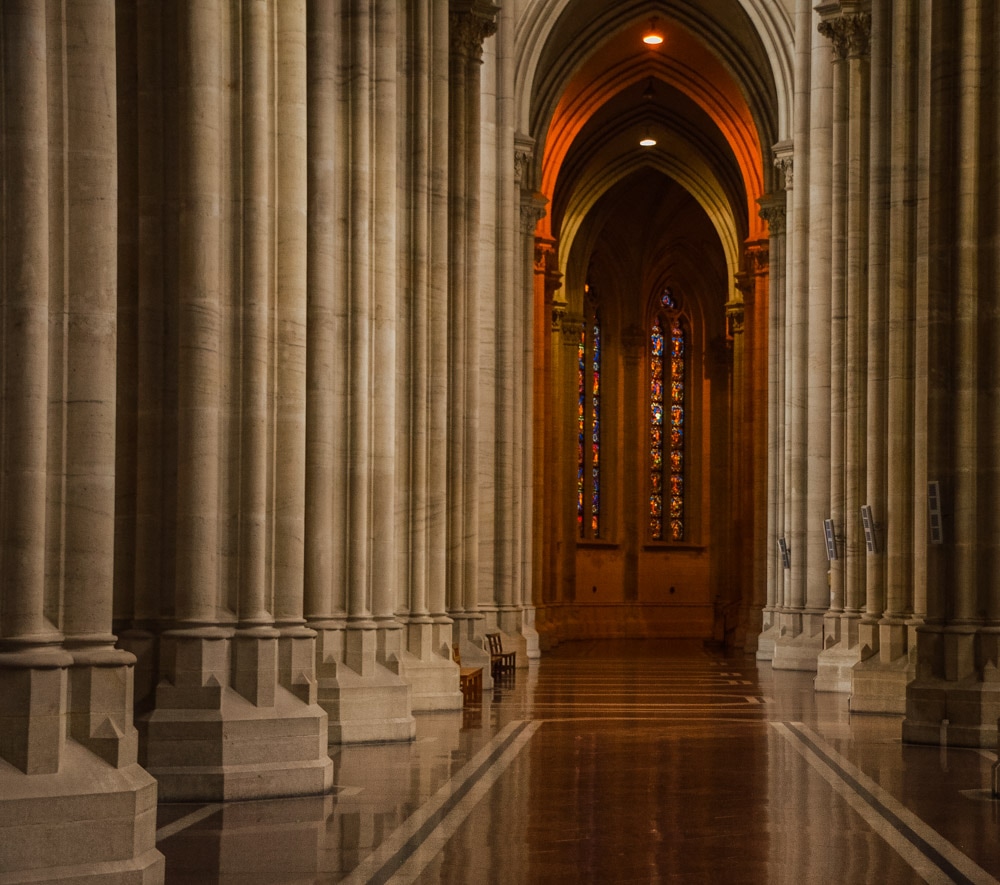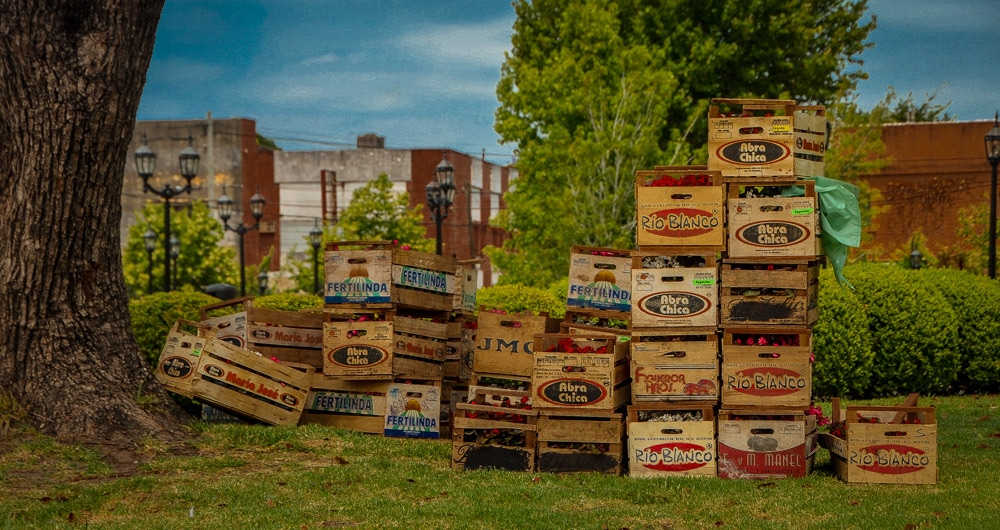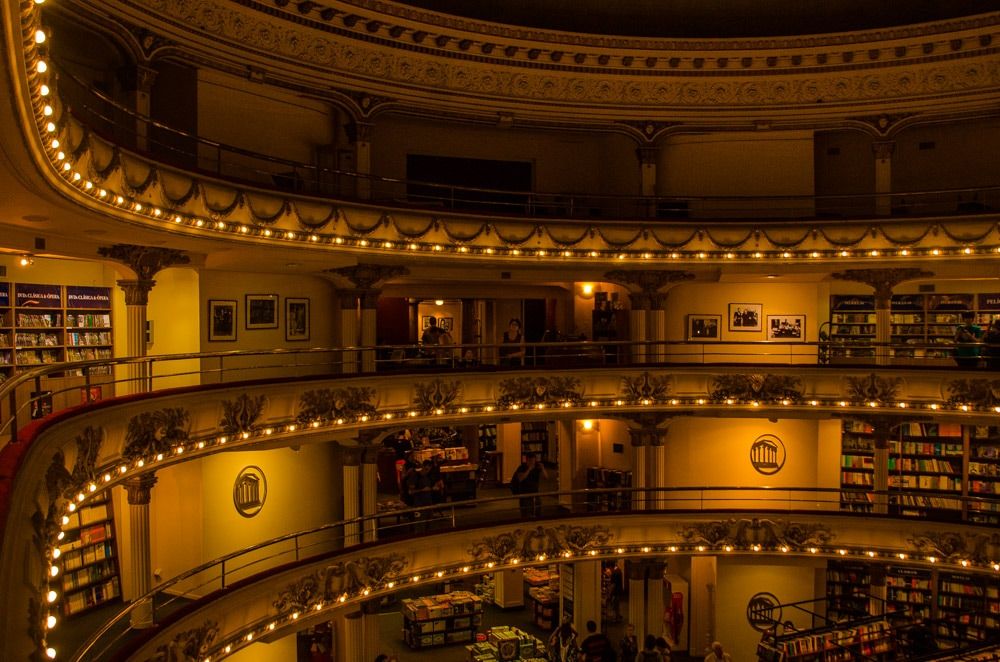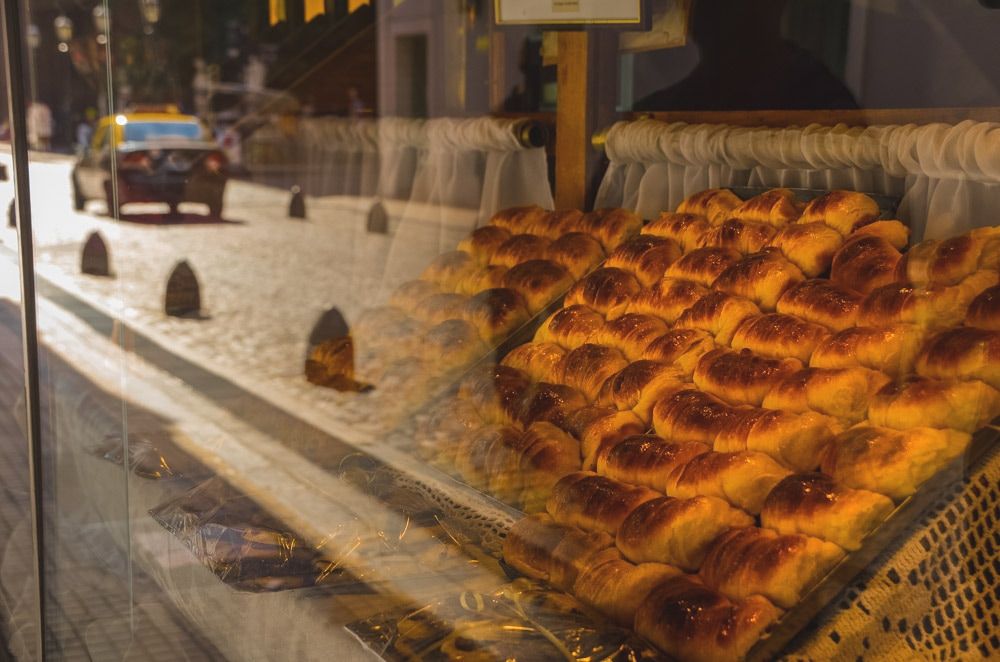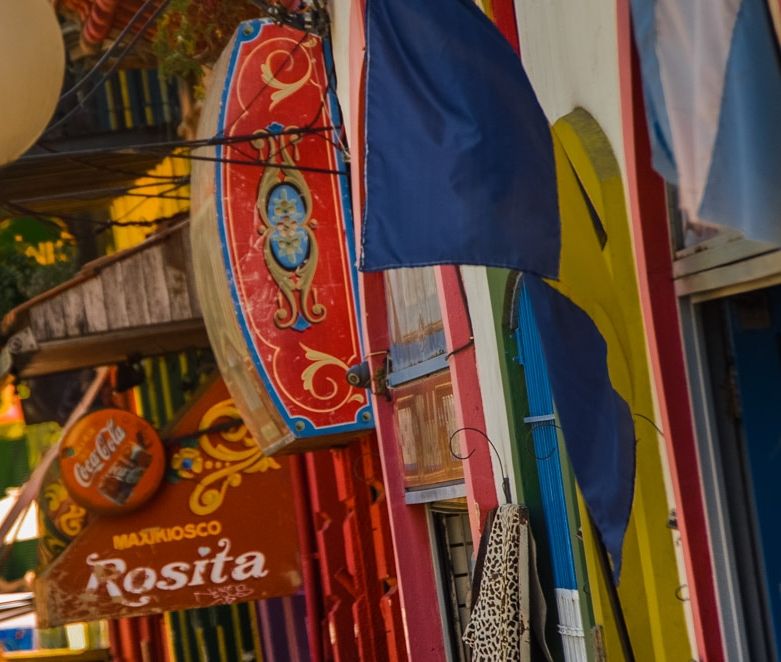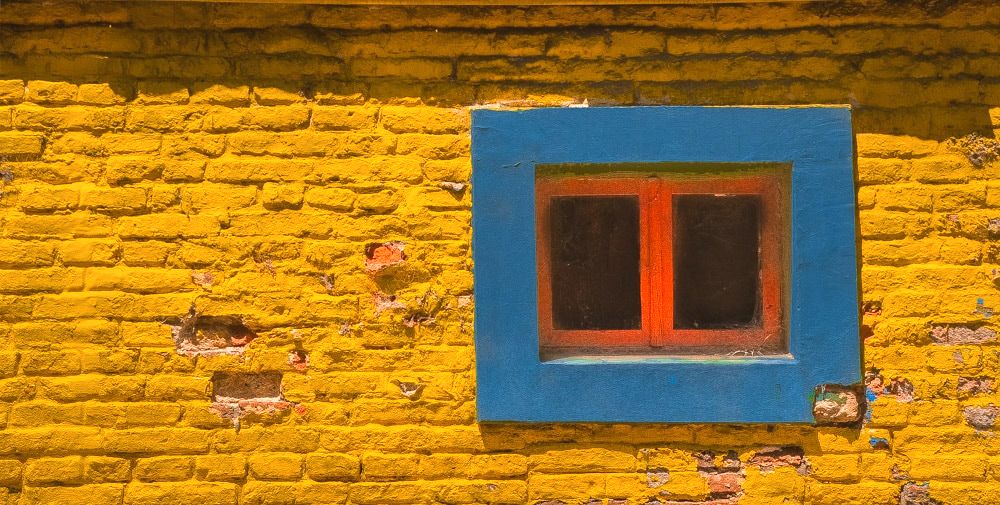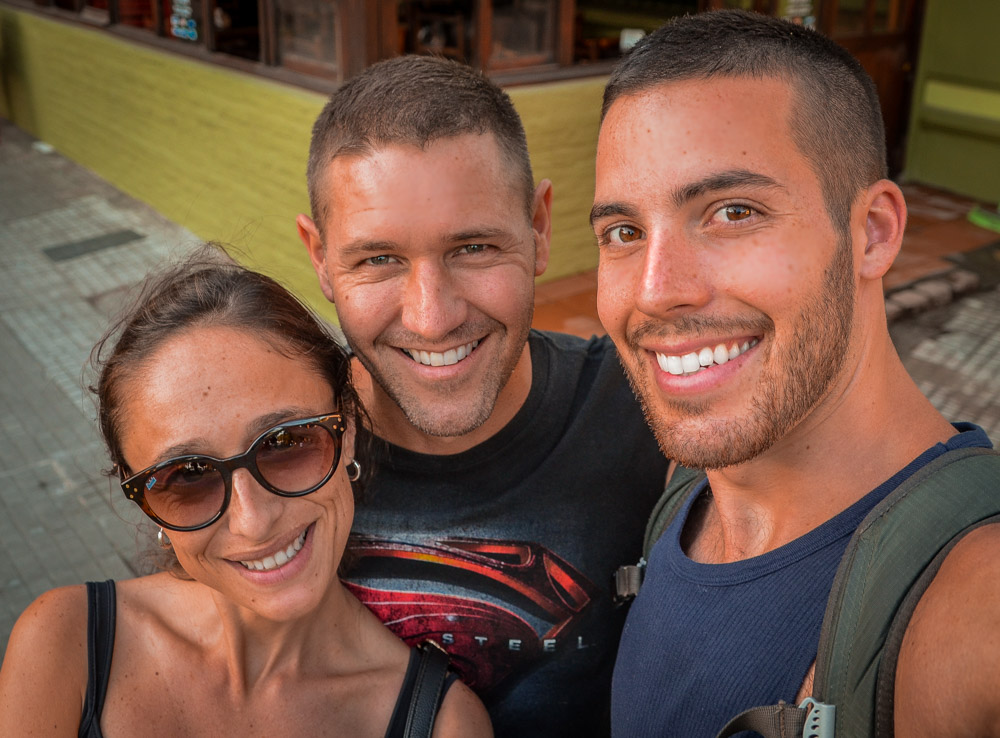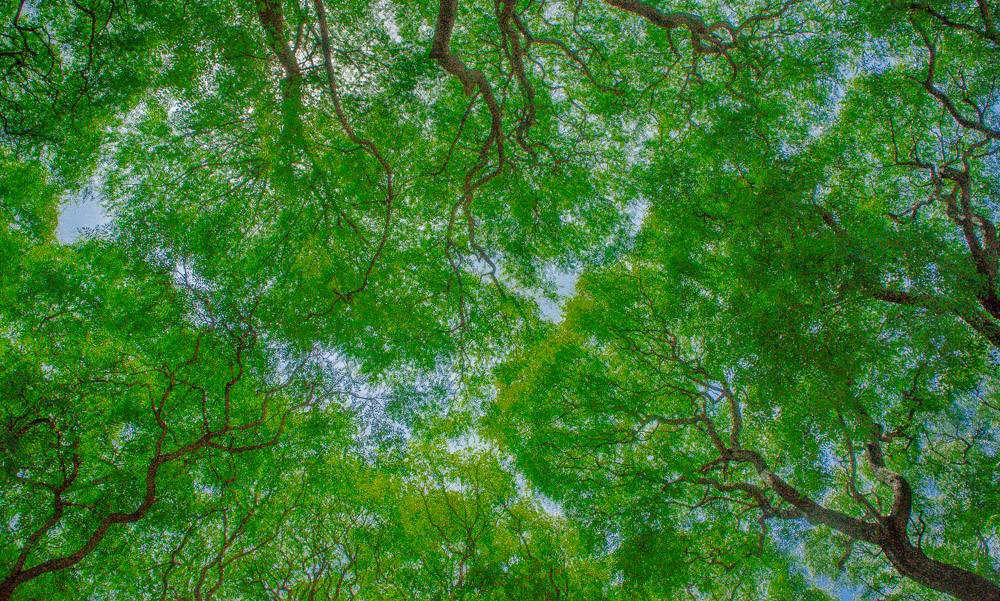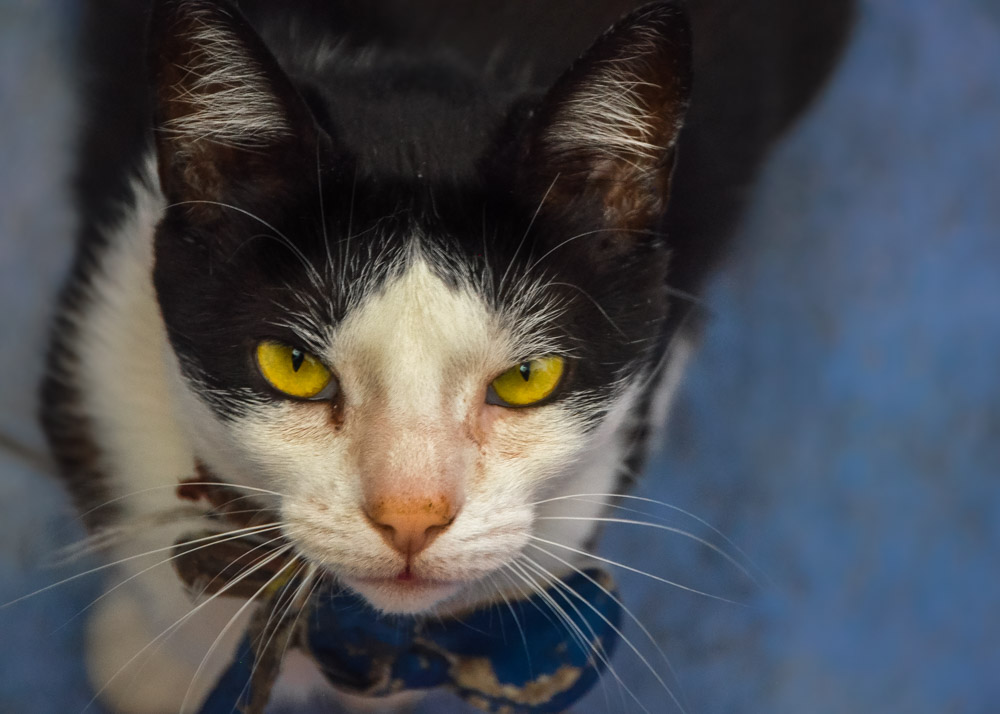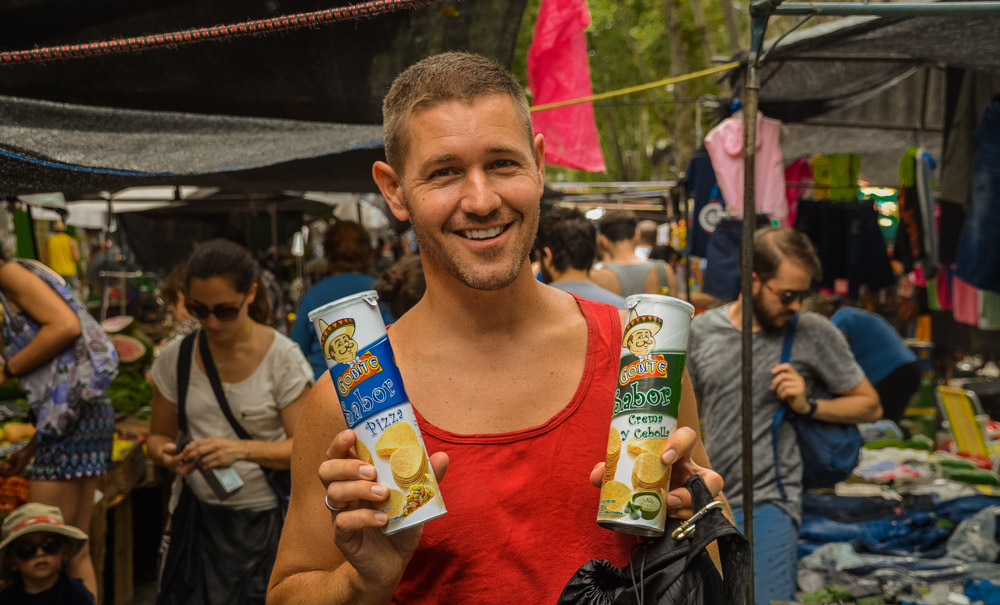"In order to be irreplaceable, one must always be different."
-Gabrielle Bonheur "Coco" Chanel, artist and business woman
February 2016 – Over the course of 6 the first six months, I had learned that the move from one country to another in Latin America was quite simply a movement from one culture to another rather similar culture. It goes without saying that each nation has its signature, each people their uniqueness, and each land it’s individual beauty, but there were very clear cultural connectors that threaded most of Central and South America together in its architecture, cuisine, religion, and mentality. This is where my entry to Chile stands out among the rest.
Immediately upon crossing the border from Argentina, noticeable differences made themselves impressively apparent. While the northern portion of the land form one of the most desolate and arid environments in the world (the Atacama desert, which connects to Bolivia's stellar and seemingly interplanetary Uyuni salt flats), the southern sections creates one of the rare and gorgeous temperate rain forests, hearkening to my beloved woodlands of the Pacific Northwest, where giant trees and fields of ferns under canopies of green and curtains of moss spread throughout the valleys and mountain ranges. The governmental and municipal organizations of Chile were clearly more regulated and strict, the food distinctly their own, the landscape more outstanding, and, as unimportant as it may sound, wooden homes became the norm.
Immediately upon crossing the border from Argentina, noticeable differences made themselves impressively apparent. While the northern portion of the land form one of the most desolate and arid environments in the world (the Atacama desert, which connects to Bolivia's stellar and seemingly interplanetary Uyuni salt flats), the southern sections creates one of the rare and gorgeous temperate rain forests, hearkening to my beloved woodlands of the Pacific Northwest, where giant trees and fields of ferns under canopies of green and curtains of moss spread throughout the valleys and mountain ranges. The governmental and municipal organizations of Chile were clearly more regulated and strict, the food distinctly their own, the landscape more outstanding, and, as unimportant as it may sound, wooden homes became the norm.
I was soon to find even more about Chile that would make it one of my favorite countries to visit yet. This is a land rich with folklore and mysticism, splendid foods and festivals, radical forests and mysterious terrains, ancient peoples and sophisticated systems. Strong in character and strong in heart, this is Chile.
In most of Latin America, it’s common to see most homes built in a similar concrete-over-iron-frame templates. It’s practical, it’s efficient, and it’s easy to create en masse.

I had grown so accustomed to seeing this basic form repeated so frequently over the last half-year that suddenly switching to wood-frame houses again was more delightful than I would have thought. It felt more like “home,” to my USA-centric mind. Perhaps Chile’s vast forestry industry allows for more wood products than their neighbors.
On top of that (literally) the overwhelming popular option to cover the homes' exterior in customized shingle shapes was ceaselessly entertaining.
Wood siding cut to the shape of diamonds, chevrons, scales, stars, slants, trefoils, stripes, waves, and stairs of all colors and sizes, each one expressing a different personality and artistry, made unique expression an expectation.
On top of that (literally) the overwhelming popular option to cover the homes' exterior in customized shingle shapes was ceaselessly entertaining.
Wood siding cut to the shape of diamonds, chevrons, scales, stars, slants, trefoils, stripes, waves, and stairs of all colors and sizes, each one expressing a different personality and artistry, made unique expression an expectation.
We entered into the bottom half of the country (just north and west of the Argentina-shared Patagonian stretch) and touched base on the quiet, mysterious island of Chiloe, at the top of the twisting fjords of Chile’s southern coast.
Chiloe is one of the most unique places I’ve ever seen. It’s a land shrouded in mists and myths, almost like it was forgotten by the mainland and the mainland was forgotten in return. Water surrounds it, threads through it, and falls upon it, making the entire island a water-dominated world. From the “palofitos” that I had never before beheld (lines of houses build over the water on stilts) to the river trading and sea fishing, water is the way of life.
We stayed first with the kind and mild Pedro, who immediately introduced us to the tiniest of small-town festivals in the nearby countryside where local goods were exchanged and enjoyed, including (mostly) deliciously unique (and some frightening) foodstuffs.
We watched women pulverize potatoes in a special mixture and slather the clay-like mixture over thick, shaved logs, which were then in entirety roasted golden and seared to a creamy, tasty slab. We tried the Chilean version of empanadas (one of the few overlaps Chile shares with its neighboring countries) and found local produce that was strange to us North Americans.
We also found Chiloens to be a mostly shy people. The children who were in the area were curious, and generally not interactive, but that made them gorgeous subjects for portraits.
Pedro also took us to one of the strangest places I’d ever been…
An odd, wide stretch of beach, wrapped in fog, more than the rest of the island, which enhanced the feeling of mystery so much that it felt like I was in a world in-between. The visibility was so low, and the sense that we were being watched was palpable, but strangely non-threatening. I would later learn about the beings and spirits of local folklore at another festival, and it became easy to understand why sprites, goblins, witches, and trolls were written into their history: I could almost feel their mischievousness penetrating the air even before I learned of their stories.
An odd, wide stretch of beach, wrapped in fog, more than the rest of the island, which enhanced the feeling of mystery so much that it felt like I was in a world in-between. The visibility was so low, and the sense that we were being watched was palpable, but strangely non-threatening. I would later learn about the beings and spirits of local folklore at another festival, and it became easy to understand why sprites, goblins, witches, and trolls were written into their history: I could almost feel their mischievousness penetrating the air even before I learned of their stories.
On our first night with him, I mentioned the repetitious plate that we found in the last three Latin American countries which had stolen my heart by way of my stomach (“trancapecho” in Bolivia, “chevito” in Uruguay, and “chorillana” in Argentina). Turns out, in Chile, that same munchable mound of French fries, steak, eggs, cheese, avocado, and tomatoes is called “pichanga,” and it’s every bit as scrummy as I wanted it to be.
Later on, he would take us to the seaside, where I would try cazuela for the first time; a rich, tasty stew of fresh, local seafood that is well-known throughout Chile.
We went to another festival (apparently, these happen often) where the much larger celebration centered around hand-made crafts and goods, traditional performances and music, local eats, and most interestingly the legends and myths that to this day still play a major role in the community’s culture.
At one point, I was attempting to capture a busy kitchen’s process as they produced huge piles of food that I’d never seen for lines of people waiting to taste what was familiar to them. I was suddenly invited and swept into the production scene behind the serving counter, and the hilarious, mature women making comically immature advances were brashly flirting with me as the jovial men egged me on. It was embarrassing and lovely…
As we wandered and walked after, we encountered no shortage of stray animals, and Chiloe earned its place as my favorite town in the world for street dogs being sweet, beautiful, and plentiful. We even named several, which I normally wouldn’t have done (including Foxy, Scrappers, Honey, and Dog Marley).
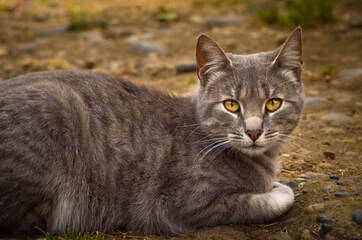
And even a few characteristically prickly cats...
When we weren’t exploring the land on our own, Marco kept us like live-in brothers, sharing time, thoughts, good humor, and good food with us. We laughed and bonded and truly bridged our two different worlds.
We grew so close so quickly, and he was one of the more difficult friends to leave, when the time came. I have insisted that he come to visit us in the United States, so I can have him practice his English the same way he encouraged me to practice my Spanish.
When we weren’t exploring the land on our own, Marco kept us like live-in brothers, sharing time, thoughts, good humor, and good food with us. We laughed and bonded and truly bridged our two different worlds.
We grew so close so quickly, and he was one of the more difficult friends to leave, when the time came. I have insisted that he come to visit us in the United States, so I can have him practice his English the same way he encouraged me to practice my Spanish.

When we left the island, Marco surprised us (and himself, I’d wager) and came with us north to Puerto Montt by ferry. I think none of us were willing to say farewell, and his family lived on the way, so he said he would visit them. I still wonder if maybe he didn’t even see family after we parted, and just told us that to excuse him coming (not that he needed an excuse at all, in my mind).
We waited for the bus at a mall, and Daniel and I were craving Chinese, so we tried it. Sadly, it would be almost another year before we would find Chinese food that hit the special spot in our stomachs, because this Chilean version truly did not...
We waited for the bus at a mall, and Daniel and I were craving Chinese, so we tried it. Sadly, it would be almost another year before we would find Chinese food that hit the special spot in our stomachs, because this Chilean version truly did not...
Saying goodbye to Carlos was almost heart-wrenching… He waited with us at the station for hours, until we boarded, were seated, and pulled way, all the while blowing kisses and smiling while I shed a tear. I honestly think we came to love him, by the time we parted ways. I truly, deeply hope he fulfills his promise to see us.
Daniel’s friend, Dr. Florentino, lived in Angol within the Arauncania region, near a forest of special qualities: Parque Nacional Nahuelbuta (“Big Tiger”), home of the unique and beautiful Monkey Puzzle trees with their thick, flat spines and jigsaw trunks.
He was kind enough to treat Daniel to Peruvian restaurant upon our arrival, and I tried my hand at making a dessert, to repay his kindness in letting us stay with him. I was ferociously (and irrationally) frustrated, when I couldn’t find the ingredients I wanted at the store, so I just bought a boxed version of molten chocolate cakes, with also didn’t turn out like I wanted (ironically, my molten cake melted entirely). I was embarrassed and upset, but, hey, chocolate is chocolate.
We planned to visit the forest for an overnight trip, to see the tree I had never seen before with their thick, scaly trunks and strange, spiky branches. They seemed almost made-up in the imagination of Dr. Seuss.
Flortentino packed heaping bags full of cashews and cranberries, which to this day are still one of my favorite salty-sweet combos, because of that trip.
We climbed to the top of the mountain to the peak called Piedra del Aguila (“Stone of the Eagle”) and beheld the sweeping view before setting up camp for what became known as one of the worst nights of sleep on our entire two-year journey. The ground was aggressively hard, dangerously slanted, and ferociously cold. We had no padding or suitable bedclothes. We were freezing and uncomfortable, and if I remember right, neither of us successfully managed any kind of rejuvenating unconsciousness while Floro slumbered on…
We soon moved north again to Santiago, near the middle of the country’s long north-south stretch. We didn’t spend much time there, but did meander the parks and streets of the capital city. While I wasn’t impressed by it in any significant way, I do recall it with some fondness, especially in the context of the rest of the country and the memories I took from it.
We jumped on a plane eastward over the Andes, crossing the entire continent to catch the boat we would ride from Brazil to Europe across the Atlantic.
Our plane landed in the vibrant and rich Salvador in Bahia; our port to the vast ocean and our final American destination.
Our plane landed in the vibrant and rich Salvador in Bahia; our port to the vast ocean and our final American destination.







